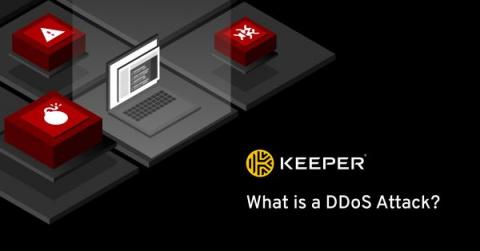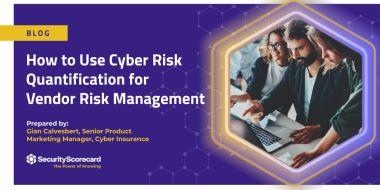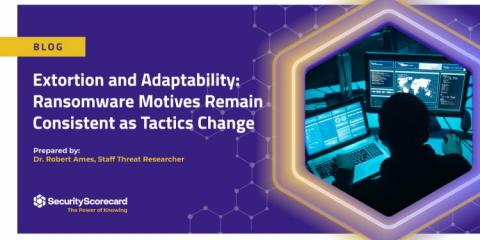What is a DDoS Attack?
A distributed denial-of-service (DDoS) attack is an attempt to disrupt the normal traffic of a targeted server. This is done by overwhelming the server, service or network being targeted with a flood of internet traffic, ultimately slowing the server down or causing it to crash completely. Think of it as being like a traffic jam, which causes all the cars on a road to slow down or come to a stop.











